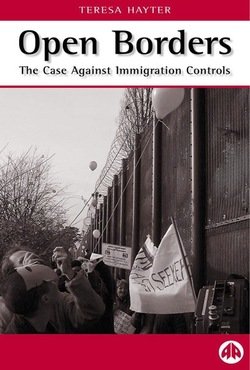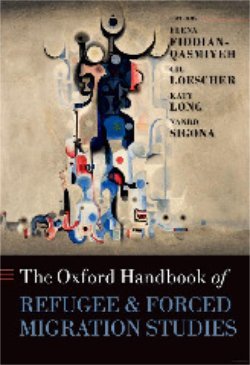By U.S. Citizenship And Immigration Services
From the Message From the Director, Ur M. Jaddou: "I am proud to share the U.S. Citizenship and Immigration Services (USCIS) Strategic Plan for fiscal years 2023 to 2026. This plan is grounded in USCIS' longstanding mission and firm commitment to making the United States a stronger, more inclusive, and welcoming nation, and preserving the integrity of the U.S. immigration programs we administer. At its core, USCIS has the responsibility to deliver decisions about immigration service requests to individuals while ensuring the security of our nation. The work of USCIS employees makes the possibility of the American dream a reality for immigrants, the communities and economies they join, and the nation as a whole. [...] This new strategic plan is the continuation and expansion of activities stemming from the five priorities I announced in FY 2022, illuminating our pathway into the future. Our new strategic plan will be our roadmap to realize our own promise as an agency of transparency and responsiveness - an agency that upholds the legal immigration system, supports, and engages its employees, and fosters collaboration to deliver high-quality results. While USCIS has made strides in reducing undue barriers to immigration benefits and services, we have much more to do to achieve a modern, fair, and effective immigration system."
Washington. DC. U.S. Citizenship and Immigration Services., 2023. 28p.









